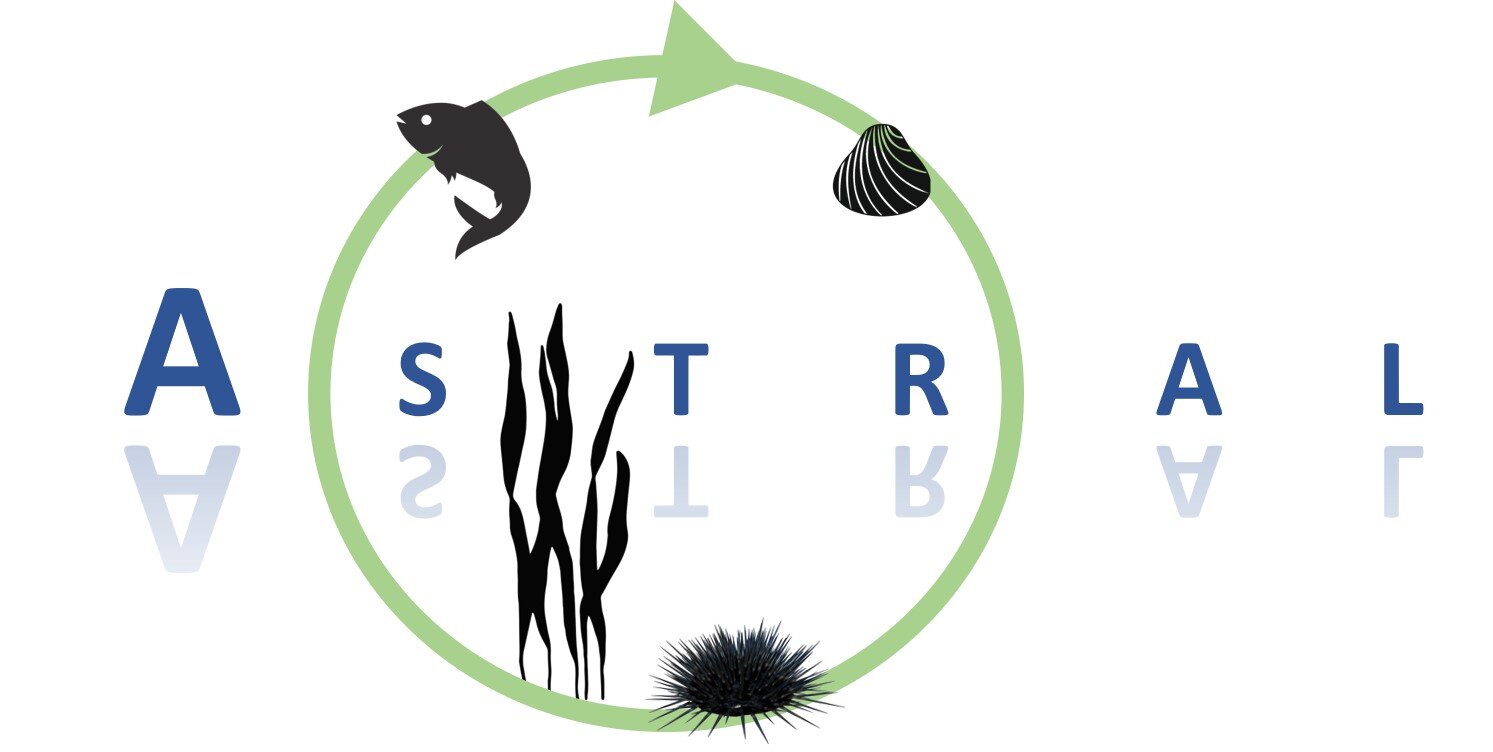Survey Results - Inflationary Pressures Hang Over Aquaculture Industry as it Faces Technical, Environmental and Economic Challenges
A survey undertaken by our consortium has found that increasing wage and energy costs are putting pressure on the aquaculture industry.
Disseminated in our last newsletter, our short survey aimed to describe the state-of-the-art practices in aquaculture in all Atlantic coastal regions, as well as the current Integrated Multi-Trophic Aquaculture (IMTA) systems.
62 producers from the Atlantic region gave their feedback through this survey, which helped our consortium to collect crucial information for the ASTRAL project.
The results, displayed below, provide detailed insights in 5 of the 10 countries participating in our project; France, South Africa, Ireland, Nigeria and Brazil.
In this article, we will focus on two of the topics addressed by the survey, feel free to contact the ASTRAL team for more information on the rest of the analysis.
Cultivated species & production area
The majority of surveyed farmers are engaged in monoculture activity. Brazil, Nigeria and France stand out with a significant proportion of polyculture activity. In Brazil and Nigeria, aquaculture constitutes an important subsistence activity, where farmers are also engaged in other production and businesses. By contrast, French respondents, sought business models to help drive diversification. Land-based production systems are prominent in Nigeria, South Africa and Brazil, whereas in Ireland and France, producers employ both land and sea-based sites to accommodate anadromous species.
Type of systems & operational costs
78% of producers in our survey employ mono-systems, with the open water system the most popular, especially in France and South Africa. The biofloc system is exclusively employed by Brazilian respondents, while the flow-through system is mainly practiced in South Africa, Nigeria and Ireland. Irish respondents tend to mix systems to cultivate anadromous species like salmon and trout.
In France, most of the surveyed farmers reported that salaries are the most important costs component, particularly among micro-enterprises (in aquaponics) where wages represent more than 80% of expenditure.
In South Africa, salary, energy, water and raw material costs are the principal overheads, with some variation among respondents.
In Nigeria, 57% of respondents reported that raw materials represent their highest operational costs, constituting more than 40% of their expenses. These are followed by energy and water costs.
In Ireland, salary, water and energy costs are the most significant. 83% of respondents said that salary costs represent more than 20% of their total expenditure, while a further 25% of farmers reported that wages represent more than 40% of their overheads.
In Brazil, the most important cost component was raw materials. Among the Brazillian farmers that took part in the survey, raw materials represented 40% of their expenses, for one particular micro-enterprise, raw materials made up 80% of their expenditure.
The other operational costs detailed by respondents are variably distributed.
Conclusion and main outputs
Aquaculture’s rapid growth is expected to continue as increasing human consumption levels synchronously grow alongside environmental challenges.
This survey was the first step towards designing business models for the development of IMTA.
The sector faces a large range of challenges: technical, environmental, economic, social, institutional and legal.
Identifying these challenges is important for ASTRAL is it seeks to investigate different business models in order to unlock the innovation potential of the sector.
If you are a producer and you are willing to give your feedback, you can still answer to the survey which is available in multiple languages: English, Portuguese, French, Spanish, or contact the ASTRAL team if you would like to take part in the action.


